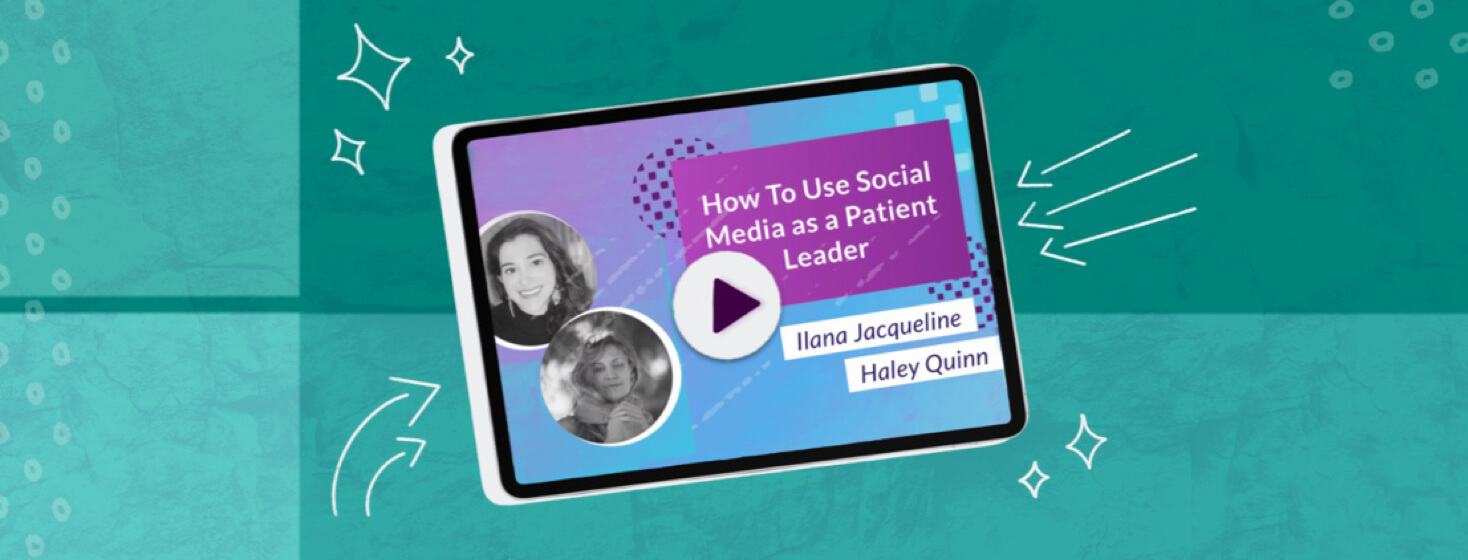How To Use Social Media as a Patient Leader
Patient advocacy can take many forms. Some examples are writing your senators in favor of research funding, leading a support group, or writing a blog. But with social media use at an all-time high, many advocates and Patient Leaders are taking to Instagram, Facebook, Twitter, and TikTok to let their voices be heard.
In this panel, Social Health Network Patient Leaders discuss how they came to use social media to share their advocacy journey. They also offer tips, tricks, and ways to get started in your own journey of patient advocacy using social media. Watch below to learn more.
Key takeaways:
- Social media is a great way to get your story out there, connect with people, and meet others who have your condition.
- Becoming a patient influencer means you share your health story online, you're on a mission to raise awareness about your condition, you post information about your condition online, and/or maybe you lead a support group or take part in nonprofit activities.
- You don't need to have a big audience or post every day to be an influencer.
- Using TikTok or Instagram Reels is a great way to get started creating video content.
- It's important to find a platform that works for you and lead with authenticity and honesty.
Meet the panelists:
Ilana Jacqueline is a best-selling author, marketing consultant, and professional patient advocate. She is the voice behind the award-winning blog, "Let’s Feel Better" and the self-help book "Surviving and Thriving with an Invisible Chronic Illness." She served as the Founder and Editor-in-Chief of Today’s Teen Online, managing the entirely telecommuting staff of 80 writers. She ran her own public relations company, About Time PR from 2010-2016 helping small businesses, TV personalities, and athletes to jumpstart their careers with mainstream media mentions.
Haley Quinn is the former Associate Director of Community Development and former Patient Leader Network Recruitment Manager at Health Union. Growing up, her life was an unexplainable revolving door of doctor’s offices, surgeries, and medical treatments. In her late teens, the focus of my attention shifted to the mental health struggles she was experiencing – anxiety, depression, and an eating disorder. The most profound part of her health journey has been the patient leaders and advocates who, by sharing their stories, led her to her Ehlers-Danlos Syndrome diagnosis (as well as the comorbid diagnoses that often accompany EDS) and who created a supportive community that has been instrumental in her recovery process.
Community Poll
How long have you been involved in advocacy?

Join the conversation